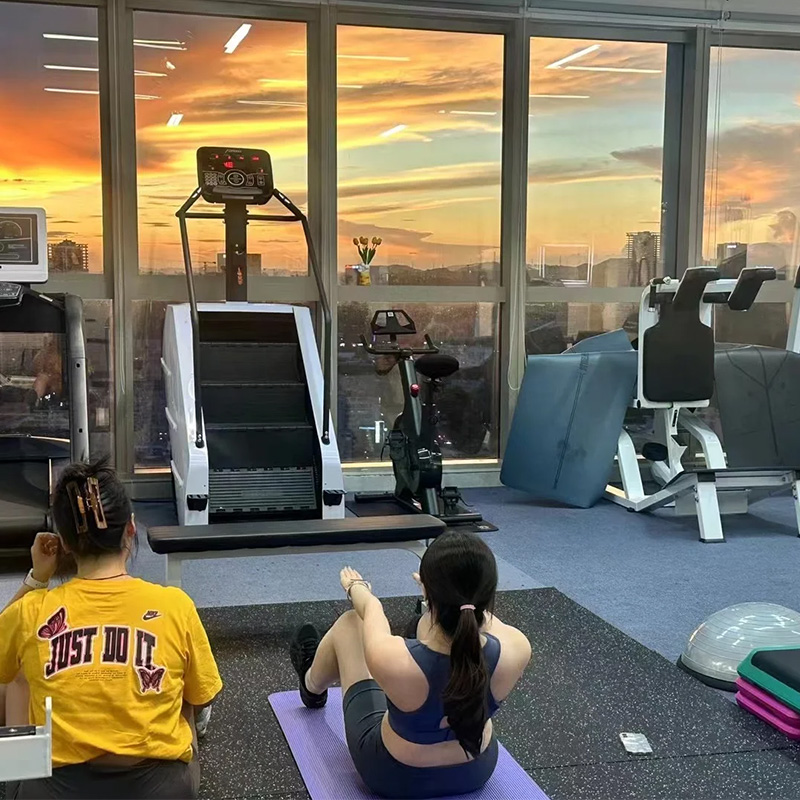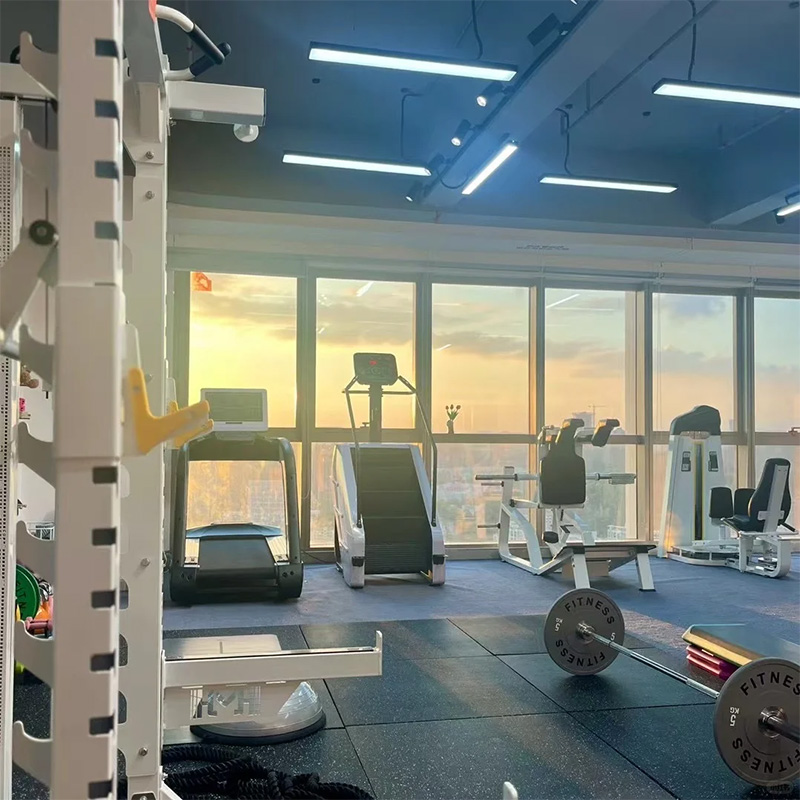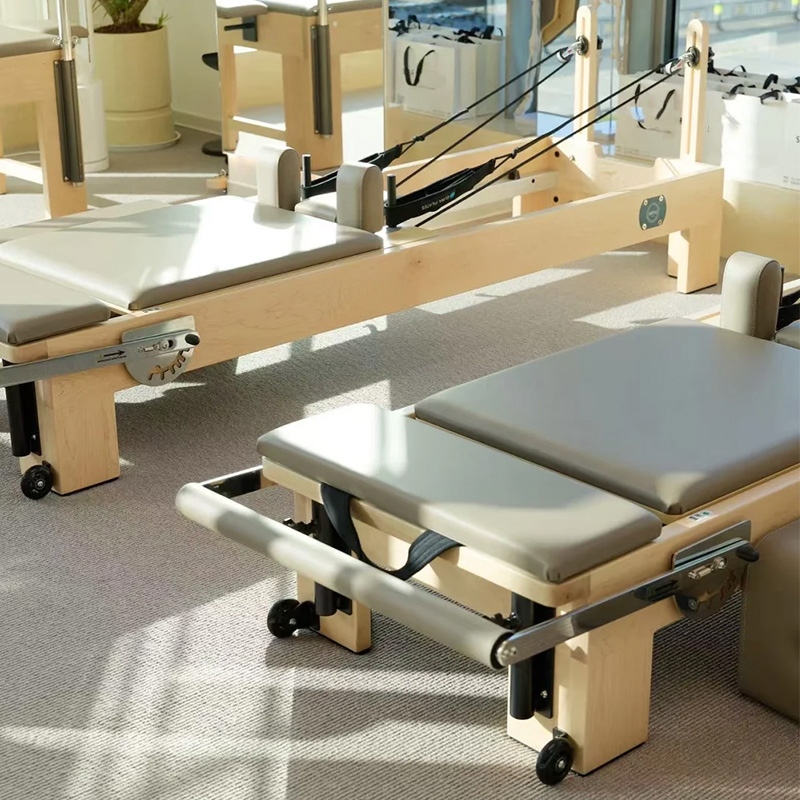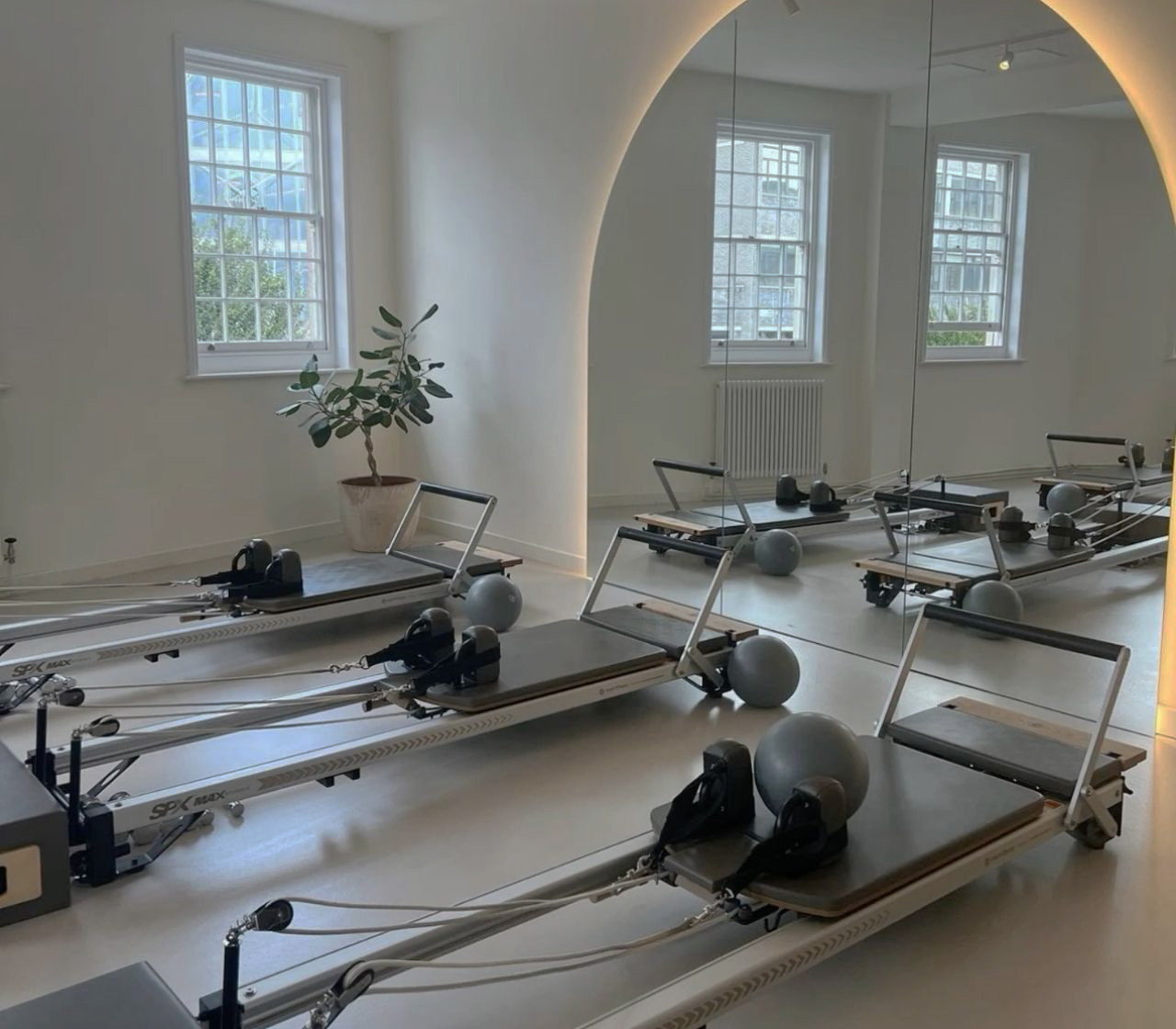In today's society, with women's health awareness at an all-time high and their spending power continuing to rise, they are demonstrating tremendous vitality in the fitness sector. Women's fitness needs are no longer limited to weight loss, but extend to multiple dimensions, including body shaping, stress relief, social interaction, and self-improvement. Consequently, the emergence of safe, attractive women's gyms specifically designed for women has become a promising blue ocean market. This article will comprehensively analyze how to open a women's gym, delve into equipment selection and color customization, and introduce you to a reliable partner: MANGO Fitness Equipment.
Part 1: How to Successfully Open a Women's Gym?
Opening a women's gym isn't simply a matter of piling up equipment; it's a precise strategic plan and branding exercise.
1. Accurate Market Positioning and Business Model Development:
Target Group Segmentation: Are your target customers white-collar elites, postpartum mothers, college students, or high-end members? Different groups have distinct needs, spending power, and time commitments. For example, white-collar women may need after-get off work classes and stress relief programs, while postpartum mothers may be more focused on body recovery and pelvic floor muscle training.
Business Model: Should you choose a large, comprehensive gym or a small, boutique studio (e.g., specializing in Pilates, yoga, or boxing)? The boutique model is easier to build a professional reputation, with relatively low initial investment and management costs, and is currently a major market trend.
Specialized Courses and Services: Creating a unique curriculum is your core competitive advantage. Consider introducing specialized services such as prenatal and postpartum rehabilitation, dance and bodybuilding, women's health workshops, and nutritional guidance to create a differentiated advantage.

2. Site Selection and Space Design:
Site Selection: Prioritize locations near high-end office buildings, large communities, or bustling commercial districts to ensure high foot traffic and target customer density. Safety, privacy, and accessibility are key factors for female members.
Design Concept: The overall space design should eschew the cold, industrial aesthetic of traditional gyms and embrace a warm, bright, stylish, and design-rich style. Adequate lighting, large mirrors, fresh air circulation, and clean, tidy changing and shower rooms are key. Relaxation and social areas can be established to enhance members' sense of belonging and community culture.
3. Marketing and Community Operations:
Pre-sales and Opening Events: Start pre-sales during the renovation period, offering discounted prices to attract founding members, quickly recover some of the funds, and build buzz for the grand opening.
Social Media Marketing: Leverage social media platforms to produce high-quality content (such as fitness tips, success stories, and beautiful photos of the gym) to create popular check-in spots and attract online traffic.
Community Building: Establish a member group and regularly organize offline events to encourage communication among members. This will elevate the gym from a simple exercise venue into a welcoming community for women, significantly increasing member loyalty and renewal rates.
Part 2: How to Choose Equipment for Women's Gyms?
Equipment is the core of a gym, and careful selection requires consideration based on women's physiological characteristics and fitness preferences.
1. Targetedness:
Focus on Glutes and Legs, and Body Shaping: Female fitness enthusiasts generally focus on the definition of their glutes, legs, waist, abdomen, and arms. Therefore, it's important to have a sufficient number of equipment for both isolated exercises and targeted muscle group training, such as hip thrusters, hack squats, leg abduction/adduction machines, and power racks. Low-Impact cardio equipment: Compared to treadmills, which tend to impact knees more, elliptical machines, upright/Recumbent Exercise Bikes, and rowing machines are more popular among women. They effectively burn fat while protecting joints.
Free Weights Area: This is essential. A set of color-coordinated lightweight Dumbbells (1-10kg), kettlebells, resistance bands, a yoga ball, and ample yoga mats are essential. Many women prefer to train with light weights and high reps.
2. Safety and Usability Principles:
Safety Design: Prefer equipment with a fixed motion path and safety pins or stoppers, such as Smith machines and fixed equipment, to reduce the risks associated with free weight training.
Easy Adjustment: The seat, cushions, and weights of the equipment should be easily adjustable to facilitate quick use for members of different heights and body types, avoiding the embarrassment and frustration of difficult adjustments.
3. Aesthetics and Spatial Layout Principles:
Visual Unity: The design style of the equipment should be consistent, avoiding clutter. Space Utilization: Strategically arrange the cardio area, strength training area, personal training area, free training area, and gym to ensure smooth circulation and avoid congestion. Use low racks to store dumbbells for a more airy space.

Part 3: The Finishing Touch—Customized Colors for Women's Gym Equipment
Color is the core of a brand's visual identity system (VIS) and crucial for creating an atmosphere and engaging with users.
1. Application of Color Psychology:
Pinks (peach pink, dirty pink): Soft, romantic, and feminine, they instantly establish a sense of gender identity and relieve exercise tension. However, they should not be used extensively; they can be used as accent colors.
Mint green and Tiffany blue: Fresh, tranquil, and healthy, they create a relaxing and joyful atmosphere, making them ideal for Pilates and yoga studios.
Grey gray, cream white, and champagne gold: As primary or base colors, they create a sophisticated, simple, and clean feel, highlighting the lines and quality of the equipment.
Vibrant orange and lemon yellow: As accent colors, they inject energy, vitality, and fun, inspiring passion for exercise.
2. Customization:
Brand Identity Consistency: The color of the equipment should be consistent with your logo, wall decorations, and employee uniforms to create a unified system and reinforce brand recall.
Zoning Color: Different functional areas can adopt different color schemes. For example, the cardio area could use a vibrant orange, the strength area a calming gray, and the free training area a refreshing green.
Customization: The color of the equipment's rubberized covers (weight plates), pads, handles, and frame finish can usually be customized. Communicate your needs closely with your supplier.
3. Practical Tip: Choose two to three primary colors, adhering to the principle of "70% primary color, 25% secondary color, and 5% accent color" to avoid overdoing the color and appearing cheap. Small items like dumbbells and yoga balls offer low-cost and effective customization options.

Part 4: Professional Partner Recommendations - MANGO Fitness Equipment, Your Ideal Solution Provider
Once you have identified all the above concepts, it's crucial to find a professional, reliable equipment supplier who understands your needs. MANGO Fitness Equipment is your trusted partner.
About MANGO:
MANGO Fitness Equipment has over eight years of experience in the R&D and production of professional fitness equipment, with deep expertise in the women's fitness and boutique studio sectors. We deeply understand the unique needs and aesthetic standards of the women's fitness market and are committed to providing one-stop solutions, from equipment production to space planning, for women's gyms and Pilates studios worldwide.
Why choose MANGO to build your women's gym?
In-depth understanding of the women's market: We are more than just a manufacturer; we are your strategic advisor. Our team can provide professional equipment configuration solutions tailored to your business model and target demographic, ensuring every piece of equipment is optimally utilized and maximizing your return on investment.
Exquisite Craftsmanship and Superior Quality: All Products are constructed from high-quality steel, environmentally friendly materials, and ergonomically designed. They undergo rigorous quality testing to ensure stability, safety, and durability. We pay attention to detail, striving for perfection from stitching to paint.
Powerful Color Customization: One of our core strengths, MANGO has a sophisticated color customization system, offering a vast selection of Pantone color swatches and the ability to create unique, exclusive colors just for you. Whether it's a soft Morandi palette or a vibrant, vibrant color palette, we can deliver with precision, ensuring your gym's visuals are unique.
One-stop service, hassle-free: MANGO offers comprehensive support, from initial consultation, design, color customization, manufacturing, logistics, installation, commissioning, and after-sales maintenance. No need to deal with multiple suppliers; we take care of all your worries, allowing you to focus on curriculum development and member services.
A wealth of successful cases: Over the years, we have successfully provided professional equipment and services to numerous women's gyms and Pilates studios both domestically and internationally. Our extensive project experience helps you avoid pitfalls during the initial planning stages.
Conclusion
Opening a successful women's gym is a perfect fusion of aesthetics, professionalism, and business. From precise positioning and thoughtful design to scientific equipment selection and personalized color customization, every step requires meticulous attention to detail. Choosing a professional partner like MANGO means you'll receive not only high-quality equipment but also a dedicated partner who understands the fundamentals of women's fitness. Let us work together to empower your ideal space and create a palace of health and beauty where women will linger.
